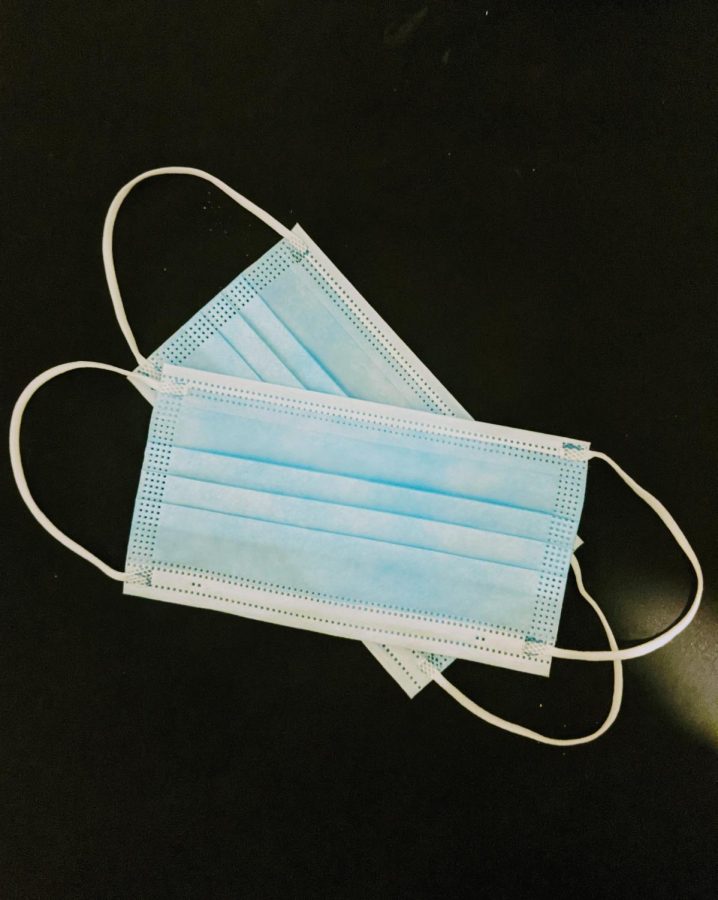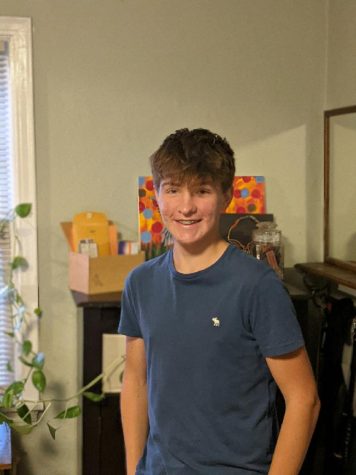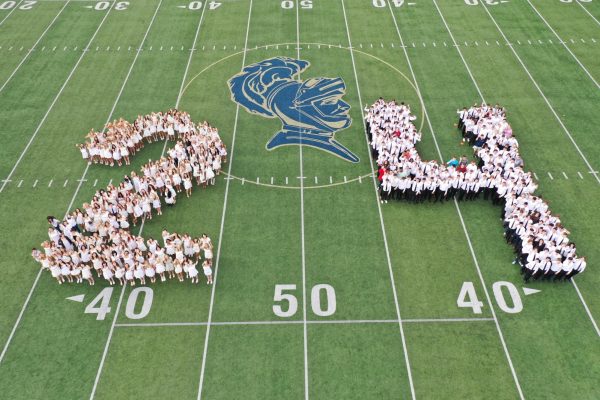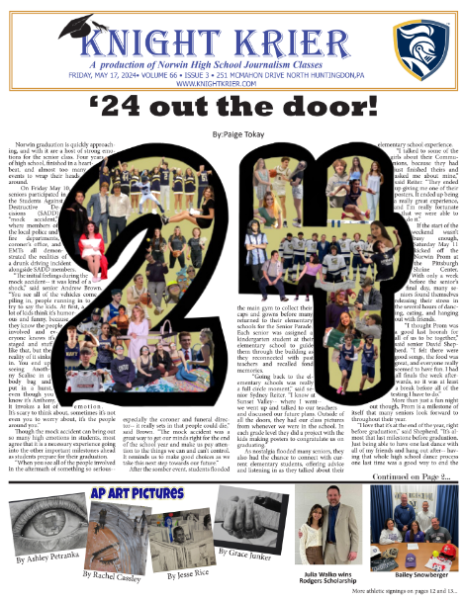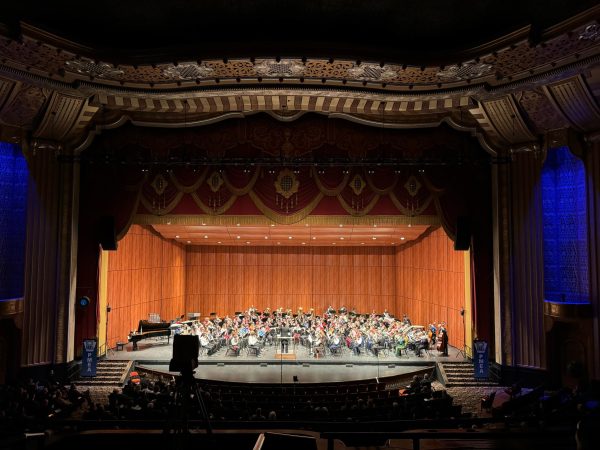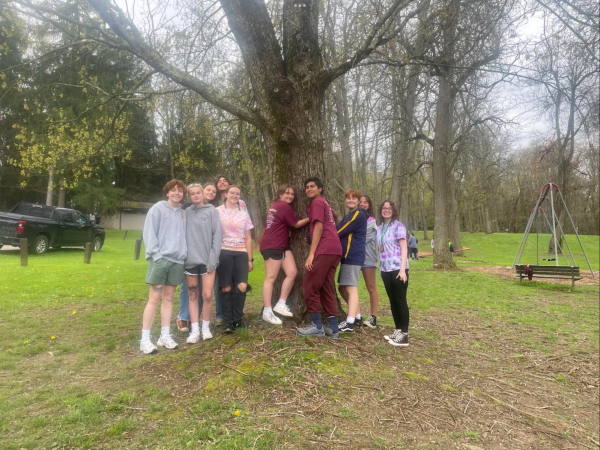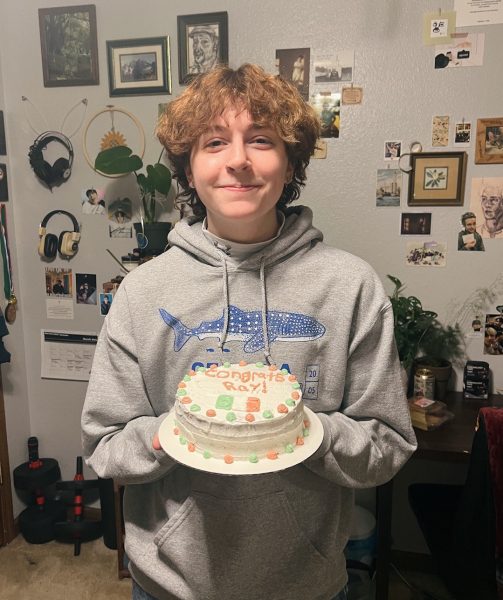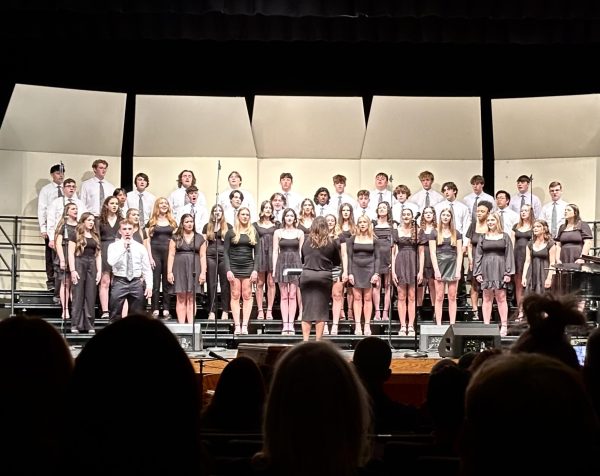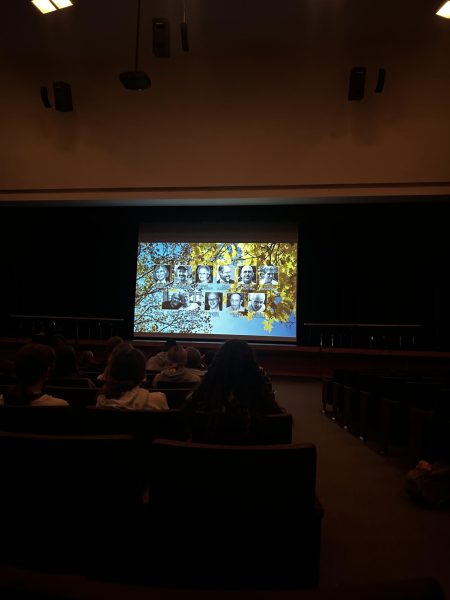Covid protocols still around for 21-22 school year
Many thought that a new year would come with a new beginning, but unfortunately, it appears that the pandemic is still with us.
The mask mandate came as a surprise to many.
September 30, 2021
On Sept. 3, the Norwin community received some shocking news: as per the PA Department of Education’s most recent guidelines, all students will be required to wear face coverings in school, regardless of vaccination status.
The order, which became effective on Sept. 7, contradicted the district’s previous Health and Safety Plan, which asserted that students and faculty alike would be allowed to choose whether or not to wear a mask. Districts in Pennsylvania that returned to school in August or early September were allowed to start the year with this mask-optional policy, but due to the recent increase of COVID-19 transmission, as well as the high proportion of new cases in children, the state was forced to reconsider. The move was unexpected, but many seem to be taking the news well.
“I believe that given the safety threat that COVID-19 poses to students and their loved ones, the mask mandate is not only smart, but necessary,” said an anonymous junior. “With masks, students are protecting both their health and their right to learn.”
Mask-wearing is anything but new for these students. Ever since the pandemic first struck the nation in 2020, face coverings have been mandatory, and although some may have had trouble adjusting during the previous school year, wearing a face covering is all but second nature now.
“My students have been fantastic,” said Mrs. Brentzel, an English teacher at the high school. “I don’t think I’ve had to tell a kid in any of my classes to pull up their mask. Even if someone momentarily forgets when they’re in the hallway because they just exited the bathroom or took a drink, when I ask them, ‘Hey, can you please pull up their mask?’ They immediately do it.”
One of the main differences, of course, between this year and last year that makes the safety of students more relevant is the return to 5 days of in-person education. The traditional model was attempted at the end of the 20-21 school year, but a number of shutdowns resulted from the change, and even with both the “Blue” and “Gold” groups in the building simultaneously, there were still a number of students in Norwin Online Academy at the time, and the school still was not operating at full capacity. With many students now returning for physical instruction, it becomes more important, if not more difficult to provide adequate social distance in the classroom.
“For me, if we’re talking about the difference between being in the building and being quarantined… it’s miserable to be stuck at home,” said Brentzel. “These are kids that like school. They want to be here today and return tomorrow, so it’s crucial to do the best I can.”
In many cases, the danger of missing school doesn’t come from contracting the virus yourself, but instead from being in close proximity to someone who has. The contact tracing program wreaked havoc on the lives of many last year, as it created a number of unwanted 14 day-breaks that often forced people to miss sporting events or other functions, and although the pandemic may not seem as prevalent as it did last year, the possibility of quarantine is not out of the question for some. While vaccinated students and staff are not required to quarantine after being contact traced (one must show proof of vaccination), many throughout the district have not received immunization, whether it be for personal reasons or the fact that they are simply not eligible yet. For those students, the process of quarantine is a messy one, but it goes something like this:
“The date of exposure is called ‘Day 0,’ and the length of quarantine is counted with the following day as Day 1 and so on. The CDC and the DOH both support three quarantine options for close contacts who do not experience illness symptoms:
- 7 days from last known exposure with negative test results taken on or after day 5 of quarantine, no symptoms of illness, and release from quarantine on Day 8; OR
- 10 days from last known exposure, no symptoms of illness, and release from quarantine on Day 11; OR
- 14 days from last known exposure, no symptoms of illness, and release from quarantine on Day 15.
If you choose the 7-day quarantine option, a review is required before release from quarantine. After receiving all test results (Antigen &/or RT-PCR), a review can be initiated by completing and submitting this test review form. We will review and email you back within 24 hours.
The DOH recommends that individuals who have been in close contact with a confirmed COVID-19 case should be tested. Please discuss this recommendation with your health provider. If you proceed with testing, report positive COVID-19 test results to the school nurse.”
Although one can limit the time they must spend in quarantine through these steps, the thought of any time spent in isolation is a scary one for most.
“I do believe it is a very real possibility that quarantine will be necessary for many students this year,” said the aforementioned anonymous student. “As someone who participates in extracurricular activities and many AP and honors classes, quarantining would cause me to miss a lot of opportunities that are important to my success in school.”
As the year moves forward, there’s no telling how many children and families will be affected by the spread of COVID-19, and it is even more uncertain whether or not these protocols will be lifted at any point. Transmission rates do not seem to be falling any time soon, so it is entirely possible that the district and community alike will be stuck in this phase for a while. Then again, the data could fall at any point, and without the gift of foresight, no one seems to know when that is going to happen.
“I have not correctly predicted anything about this pandemic so far, so I really have no idea,” said Brentzel. “I do know the one thing that consistently amazes me is how resilient and fantastic my students have been. Every challenge that I put out, they’re finding a way to get it done, and that’s amazing to me.”

